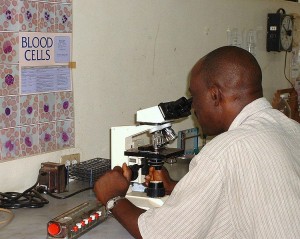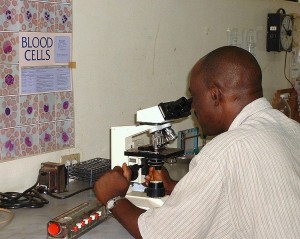 Science advances daily as researchers learn more about how cancer develops and how normal cells turn into tumors. With this knowledge, scientists and physicians develop new treatment plans that may eventually lead to a cure for cancer. A recent finding by researchers at the University of Pittsburgh Cancer Institute and University of Pittsburgh School of Medicine has shed light on a key aspect of tumor growth.
Science advances daily as researchers learn more about how cancer develops and how normal cells turn into tumors. With this knowledge, scientists and physicians develop new treatment plans that may eventually lead to a cure for cancer. A recent finding by researchers at the University of Pittsburgh Cancer Institute and University of Pittsburgh School of Medicine has shed light on a key aspect of tumor growth.
These researchers recently discovered a protein that may be the key molecule in controlling the balance between tumor growth and suppression. Scientists have discovered that the Kruppel-Like factor 4 (KLF4) is one of the molecules known to play a role in transforming mature cells back into stem cells. This molecule has been shown to promote tumor growth in some cases and suppress tumors in other cases. Learning more about the role of molecules such as the KLF4 may lead to new cancer drugs and treatments for many cancers including mesothelioma.
New Cancer Discoveries and Clinical Trials
Clinical trails are borne from discoveries such as this. Clinical trials offer the best hope for someday discovering a cure for devastating diseases such as mesothelioma. These trials offer new treatments and medications that would otherwise not be available to patients. Clinical Trials can help increase a patient’s quality of life and longevity. The results from clinical trials often help to determine the future for cancer and mesothelioma treatments. There are hundreds of clinical trials taking place every day. If you have been diagnosed with mesothelioma, I urge you to discuss clinical trials with you primary care physician. Based on your diagnosis they can recommend a clinical trial that may be right for you.
Closer to a Cure
Through my 30 years of representing clients with mesothelioma, I have been continually amazed at the advancements made each and every day in the field of mesothelioma and cancer research. Each new discovery brings doctors and researchers closer to finding a cure for devastating diseases like mesothelioma. I look forward to the day I can finally tell my present and past clients that a cure for mesothelioma has been discovered.















